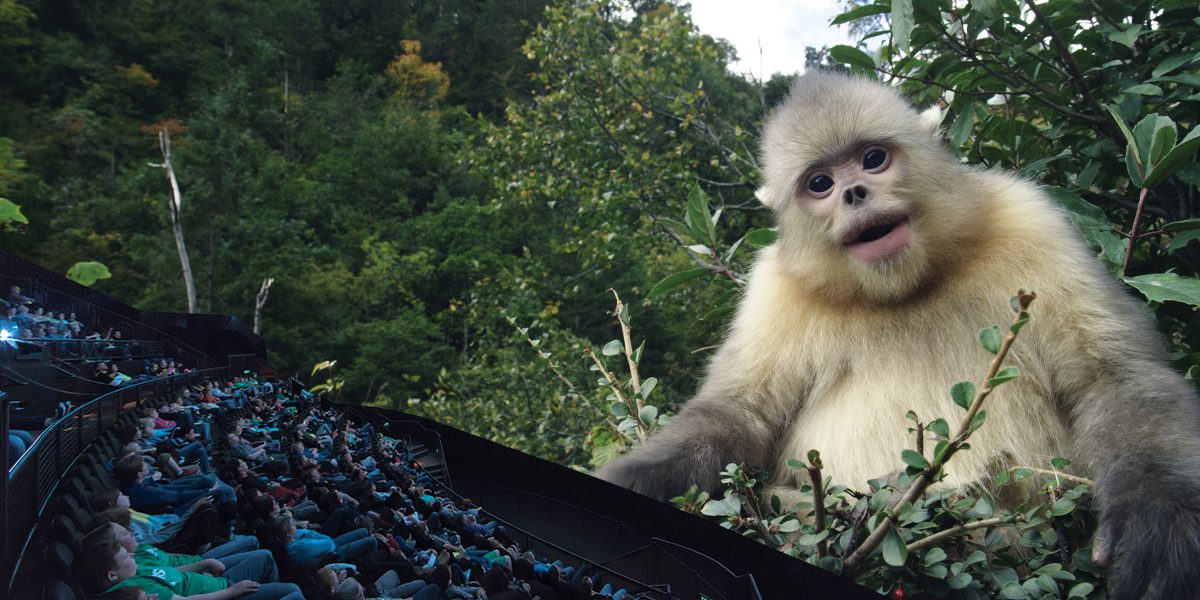At the most basic level of description, “Into Great Silence” is a documentary feature about the Grande Chartreuse, the head monastery of the Carthusian order, housed in the French Alps.
“Into Great Silence”
DIRECTED BY: Philip Gröning
STARRING: monks
PLAYING AT: Landmark Lagoon, 1320 Lagoon Ave., (612) 825-6006
But that statement suffers gravely from its utter inefficacy to justify the serenity, meditation and frequent joie de vivre that overcomes the screen for more than two and a half hours.
The monastery rests beneath what seems like a perpetual fog entangled within avenues of aged pines, clinging from one snowy slope of the Charteuse Mountains and stretching to another.
Within the walls, the monks have taken a vow of silence. It is not, however, of total quietude, but rather one of extreme reticence in which the majority of one’s time is spent in meditation, study, writing and prayer.
The first shot is of a monk kneeling in his hermitage for independent prayer. It is close and intimate, and this, as well as many other shots, is rendered in a lower resolution that draws attention to the camera as a mediating device, to its inadequacy as such to convey the devotion lived in this small valley in the alps, to its inherent tendency to represent and to representation’s tendency to typify, flatten and generalize its subject.
At other times, a washed bowl unsoundly leaned against a pot before an opened window teeters as a drop of water races down its edge. The image is so sharp you see the tiniest gleam caught in the droplet from the sunlight that cuts obliquely through the opening, and for a moment you feel the privilege of something about which you’ve always heard but which you believe you’ll only ever encounter in approximation: It is something of the divine.
As far as narration, there is none. Rather, the film is itself a meditation for the viewer, an opportunity to experience what seems an unimaginable, romanticized dream about a simpler, more basic life.
You peer at a monk in his chamber through the slit of a partially opened door. You gaze at another while he chops celery stalks for dinner, behind him is a crate of fresh greens from the garden, to his side an overflowing bowl of potatoes.
At one moment, you witness the welcoming of two provisional monks who will undergo a trial to determine their fitness for the monastic life. Elsewhere, a blind, elderly monk patiently makes his way along a corridor for an afternoon constitutional on a spring day in the gardens.
Throughout our apercu are interspersed moments during which each monk looks directly into the camera, the camera directly at the face of each monk. These are among the most exposing, purely conscious moments I have ever experienced in cinema.
When, nearing the end, the blind monk is positioned before the camera, you suddenly become aware, if not before, that he is only looking into a lens, that you are merely staring at a screen, and although you purchased the ticket to watch him, his sight seems infinitely clearer than any image even the highest definition camera could possibly render before your eyes.
















